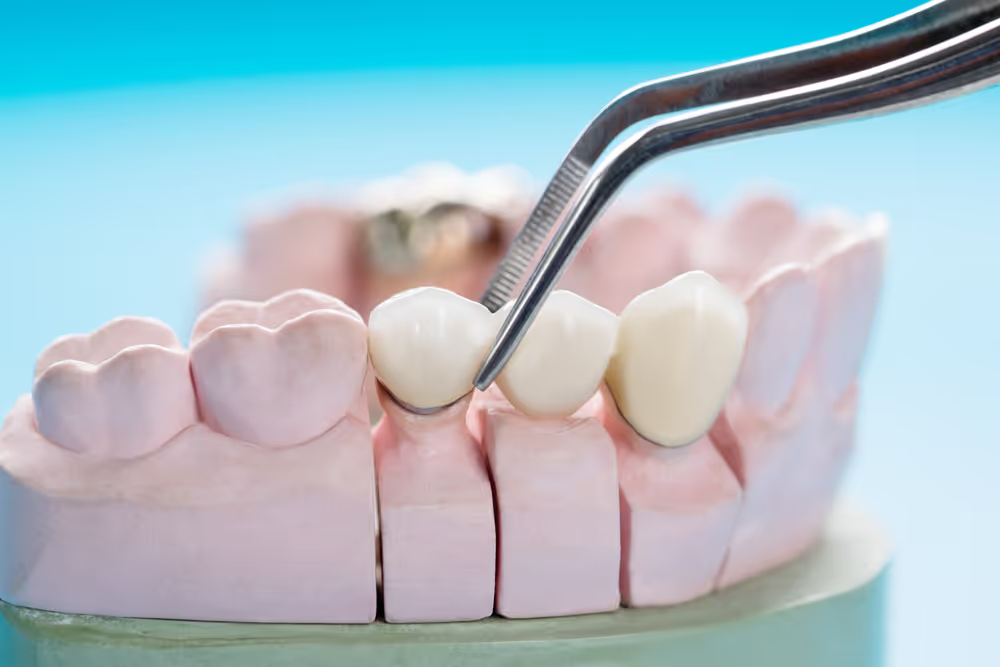
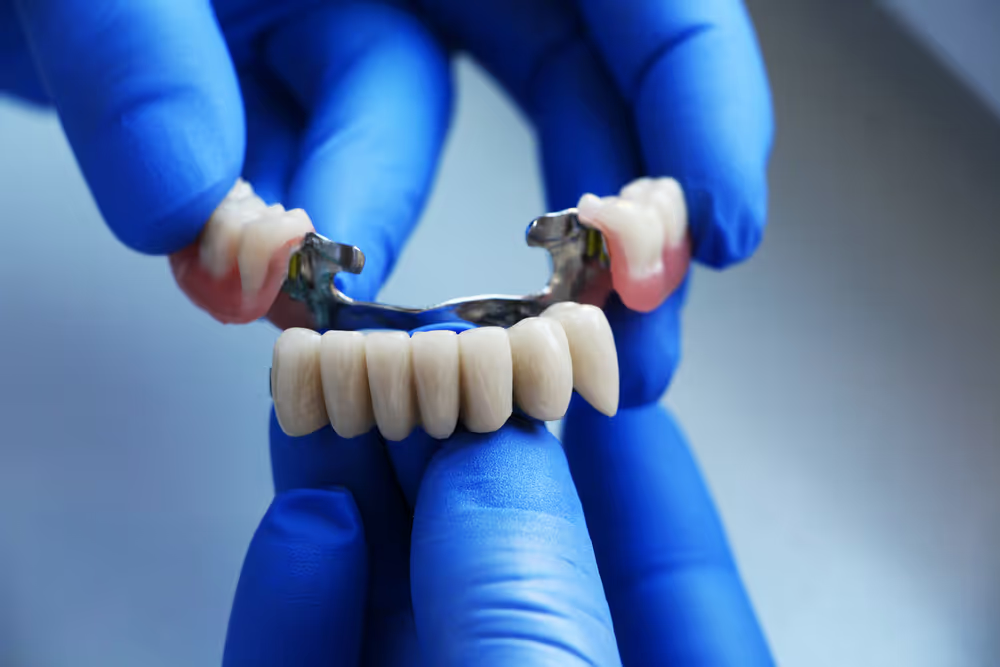
Bridges are 2 or more crowns joined together. They allow us to use an existing tooth (abutment tooth) to support a fake tooth (pontic) to replace a gap.
They are just one of the ways that you can replace a missing tooth. At Marius St Family Dental, we are trained on many different ways to do a bridge, as you will read below. As there are so many factors that come into play, it is best to come in so we can assess your particular situation.
A conventional dental bridge uses two natural teeth on either side of a gap (abutments) to hold a dental crown in the middle (pontic) that has no support, effectively "bridging" the gap left by the missing tooth. We will discuss this as on option for you when discussing your treatment plan, as well as the alternative replacement options of implants and partial dentures. It is permanently fixed into your mouth and has the appearance and feel of natural teeth.
The main indications are when the teeth on either side of the gap would benefit from crowns, or if an implant is contraindicated as it avoids all surgery.
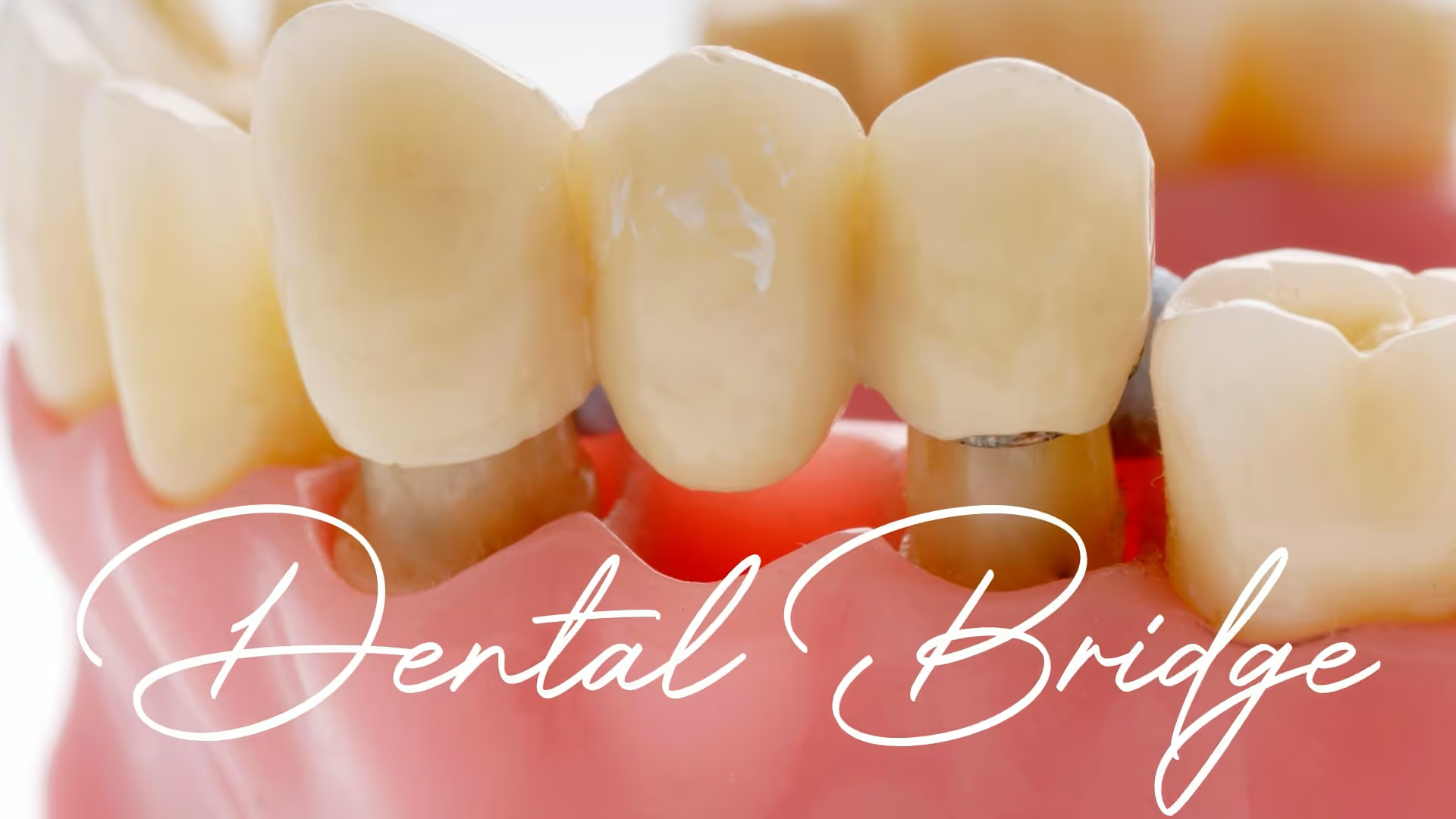
Requires the reduction and reshaping of adjacent natural teeth to accommodate crowns, which can compromise the tooth’s long-term health. This is why we generally recommend bridges when those teeth already have big fillings and would benefit from a crown.
If the bridge is not kept really clean, plaque and bacteria can sit on the margin and cause decay of the abutment teeth. Proper oral hygiene is crucial to prevent complications, and cleaning under the pontic can be more challenging compared to natural teeth.
The average lifespan of a dental bridge is 15 years. When they fail, it can be complicated as you have three teeth affected.
A Maryland bridge, also known as a bonded bridge, is a dental prosthesis used to replace missing teeth, particularly in the front of the mouth. It consists of a false tooth (pontic) held in place by a metal or porcelain framework with "wings" that are bonded to the back of the adjacent natural teeth. This design allows for tooth replacement without the need for extensive preparation of the neighboring teeth.
Indications for a Maryland Bridge
Ideal for replacing a single missing front tooth when the adjacent teeth are healthy and free from large restorations, as minimal alteration is required.
Can serve as a long term temporary or semi-permanent replacement.

Requires minimal preparation of the adjacent teeth, preserving more of their natural structure compared to traditional bridges. A maryland is reversible.
Generally less expensive than dental implants and traditional bridges, making it an affordable option for many patients.
As the bridge is made with a porcelain tooth it offers good colour match, high-shine and it is resistant to staining.
The placement process is relatively straightforward and can often be completed in two short visits.
The bond may weaken over time, leading to debonding; studies indicate a significant percentage may require rebonding after a few years.
The metal framework can sometimes cause a darkening effect on the adjacent teeth, affecting the overall appearance.
May not be appropriate for replacing molars or in patients with significant bite forces, as the bridge may not withstand the pressure.
If the bone below the fake tooth (where your gap is) shrinks down, you may start to notice a gap between your bridge and the gum.
We use composite on top of a substructure of silanted glass fibres that is bonded on to your teeth. The advantages are that it is non-invasive, reversible, very economical and a one-visit treatment.
Indications For a Direct Bonded Bridge
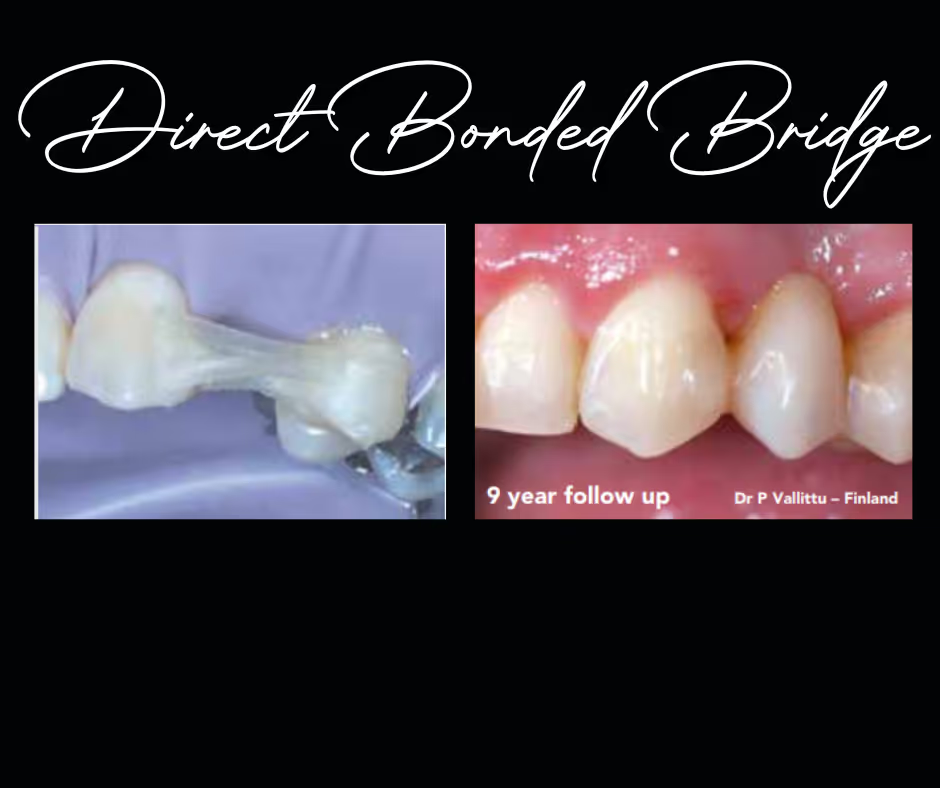
It is not very strong and therefore case selection is critical for success. They work best when replacing small teeth at the front where there is less bite force.
Stains quite badly over time - composite is not very resistant to stain so this is a big issue over the long term.
As the bridge is several teeth joined together, they can be hard to clean. You have to use a special floss to get under the bridge to clean it.
If the bone below the fake tooth (where your gap is) shrinks down, you may start to notice a gap between your bridge and the gum.
An implant bridge is the same concept as a conventional dental bridge but we use two implants on either side to support one to two teeth in the middle. They reduce the amount of implants required and improve the health and appearance of the gums between the implants.
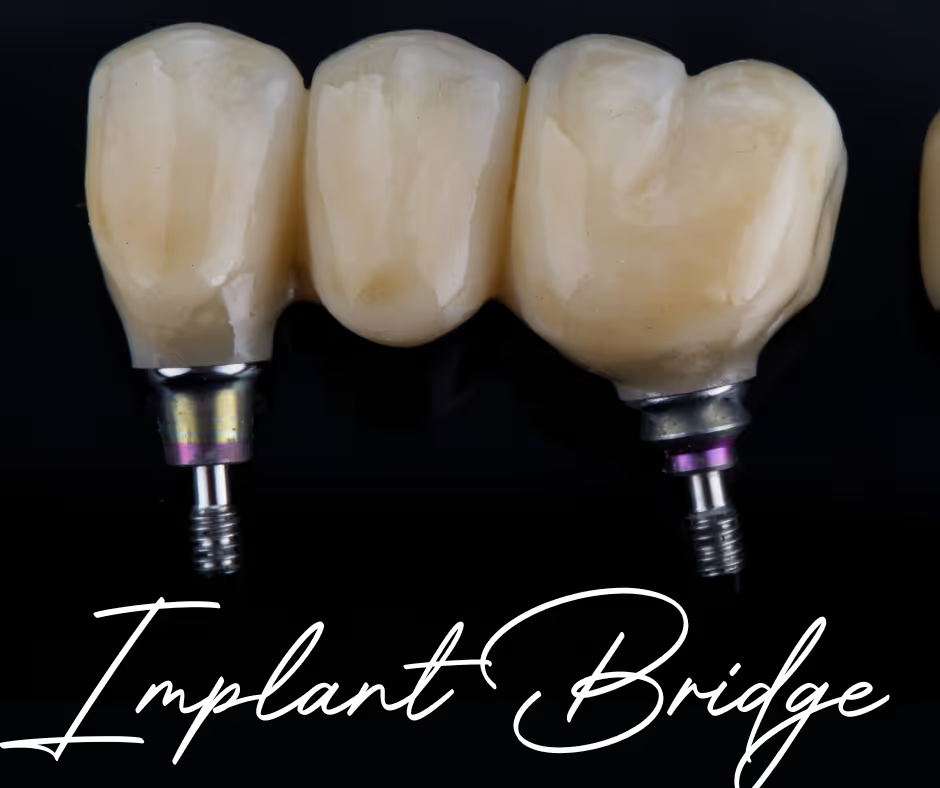
Call us at (02) 6766 1766 or book online to schedule your consultation. Whether it’s a simple check-up or more complex issue, our experienced team is here to help. Let us take care of your smile with the compassion and expertise you deserve!